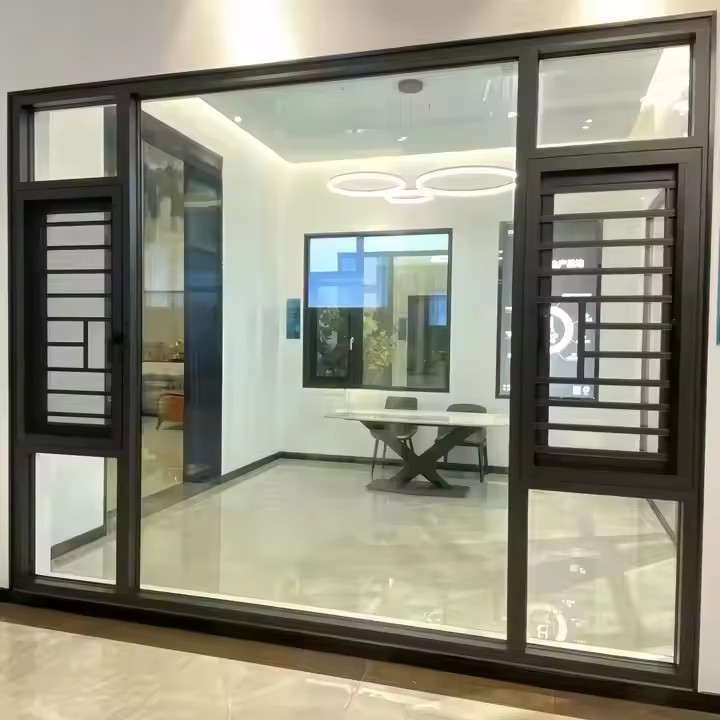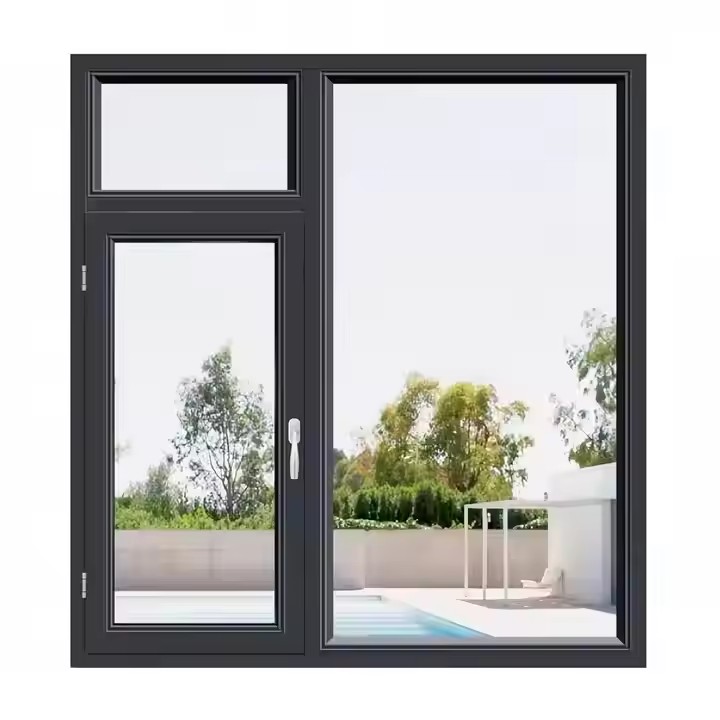- Core Principle: Minimize Light Obstruction
The key to increasing transparency is to reduce barriers and losses in the path of light.
Prioritize “minimal-frame, large-glass” structures to minimize frame interference with sunlight.
Choose materials with high light transmittance, avoiding those that overly filter light.
Avoid shaded areas of the building—place the sunroom where it can receive full daylight throughout the day.
- Structural Design: Allow Light to Enter from Every Angle
Structure plays a decisive role in light transmission. Optimize form, framing, and openings to eliminate dead angles.
Form: Choose Transparent, Open Shapes
Opt for single- or double-sloped roofs with a 25–35° pitch. This reduces dust accumulation and allows both direct and angled sunlight to pass through easily.
Avoid complex multi-angled or domed roofs—their numerous joints and frames often block light.
Use a “seamless connection” where the sunroom meets the main building, minimizing beams or columns that cast shadows.

Framing: Slim and Minimalist
Use aluminum alloy frames—lightweight and slim (frame width ≤ 80 mm)—to reduce shading compared with steel structures.
Adopt point-supported, hidden-frame, or semi-hidden frame systems; keep vertical column spacing between 2.5–3 m to prevent dense partitions that split light.
For the roof, use continuous beams to reduce joints and maintain an unobstructed overhead view.
Openings: Expand Light-Entry Surfaces
Beyond the walls and roof, design folding or sliding doors where the sunroom connects to indoor areas, allowing light to flow seamlessly inside.
Use full glass curtain walls on the sides instead of solid walls to maximize lateral illumination.
Include motorized skylights on the roof for extra ventilation and direct overhead sunlight—especially valuable for lower floors.
- Material Selection: High Transmission + Low Reflection
Light transmittance depends largely on material choice, especially glass and auxiliary components.
Glass: The Core Light-Transmitting Material
Use ultra-clear laminated tempered glass (light transmittance ≥ 91.5%), which reduces iron content to avoid a green tint and minimizes light loss.
For roofs, choose double-layer laminated glass (5 + 0.76PVB + 5 mm) for transparency, insulation, and soundproofing—preventing condensation problems common with single layers.
For side walls, use single tempered or high-transmittance Low-E laminated glass (≥ 85%). Avoid low-transmission Low-E glass that dims the interior.
Avoid frosted or patterned glass—they scatter light and significantly reduce transparency.
Auxiliary Materials: Minimize Light Absorption
Use light-colored frames (white or light gray) to reflect light and brighten the interior, while dark colors absorb light.
Seal with transparent or light-colored neutral silicone, not black, to avoid visible lines that break continuity.
Choose slim hardware—handles and hinges that don’t cast shadows or disrupt light flow.

- Layout and Details: Distribute Light Evenly
Proper orientation and detailed planning help eliminate glare zones and dark corners for a balanced brightness.
Site and Orientation
The south or southeast side is ideal, receiving optimal sunlight from 9 a.m. to 4 p.m.
Avoid shading from nearby tall buildings or trees; trim branches if necessary.
For west-facing sunrooms, use light-colored internal blinds (kept open when not needed) to soften direct afternoon light without reducing brightness.
Interior Layout: Reduce Internal Shadows
Avoid tall furniture or dense plant arrangements; choose low pots or hanging plants instead.
Use light-colored floors and walls (e.g., white tiles, light gray paint) to reflect light and double interior brightness.
Avoid partitions or cabinets that block open sightlines and light flow.
Detail Enhancements: Prevent Light Loss
Clean glass regularly to prevent dust buildup; use hydrophobic coatings to make cleaning easier and reduce dust adhesion.
Design low or flush thresholds between the sunroom and interior to prevent shadowed transitions.
Treat glass–wall joints with drip flashing + sealant to prevent leaks and mold, which can darken glass and reduce transparency.
- Practical Balance: Light, Insulation, and Sun Protection
Maximizing light doesn’t mean sacrificing comfort—balance brightness with thermal control.
Install adjustable internal blinds (electric rollers or honeycomb shades). Keep them fully retracted when not in use for maximum light.
Use high-transmission Low-E laminated glass, which blocks UV and infrared rays while maintaining visible light entry and preventing overheating.
In winter, apply insulating window films on the inner surface to retain warmth without reducing light transmission, ensuring the sunroom remains bright and comfortable year-round.

